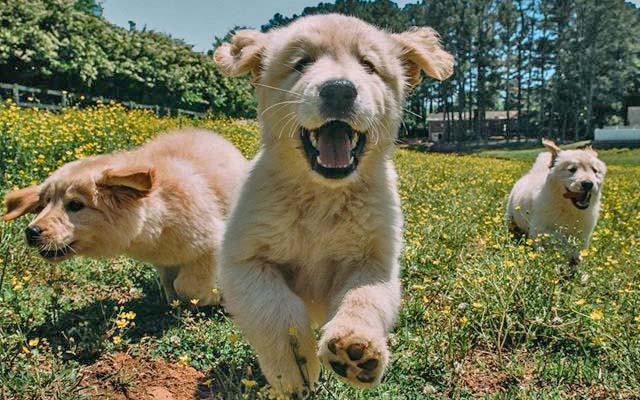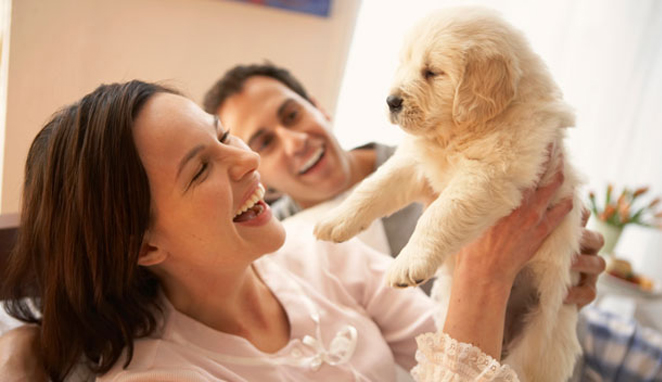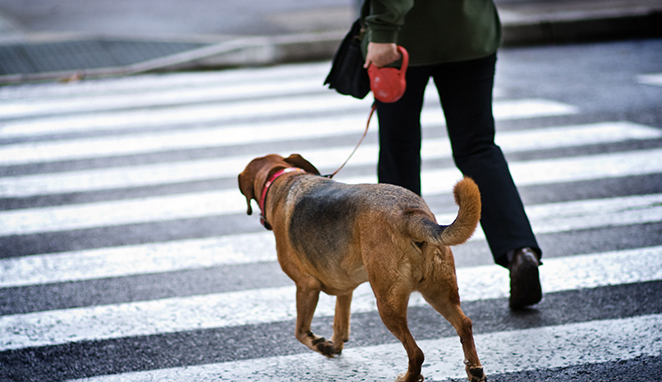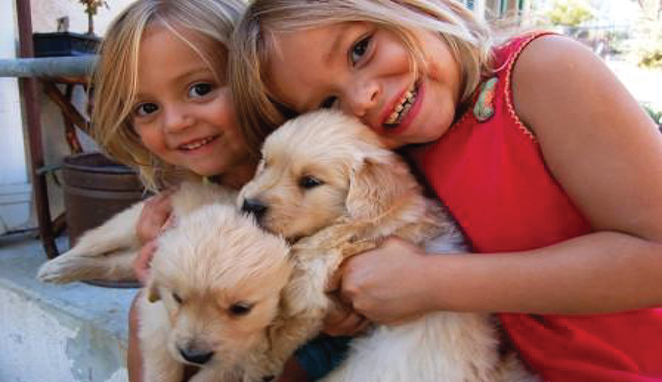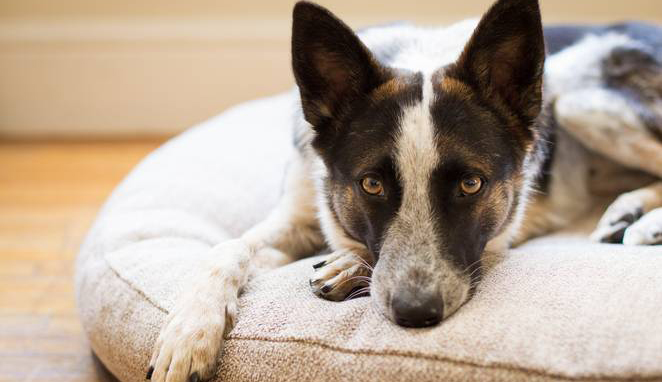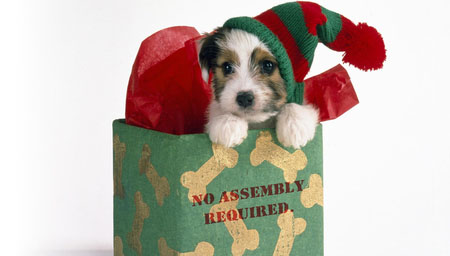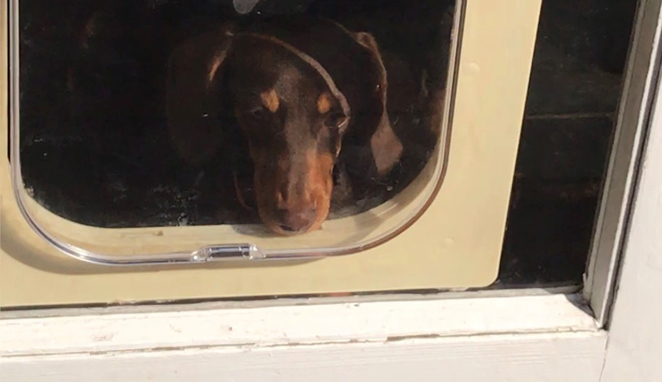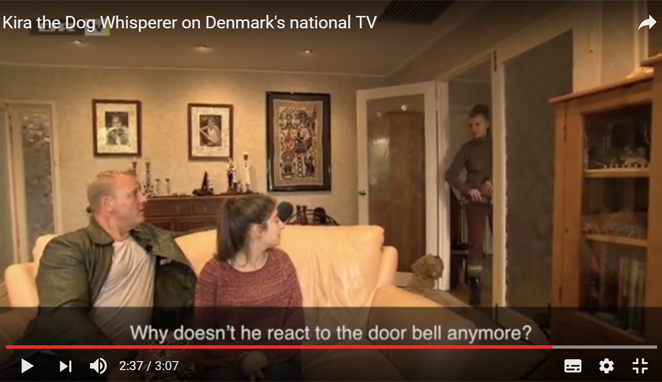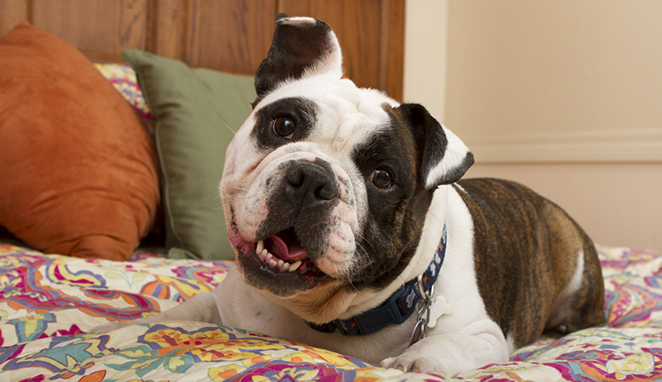HOW WE HELP YOU FAST TRACK
You can attend a class or a private session of dog training and do your best to absorb all the new the information on the spot -or you fast track.
By supplying you with information already before our first face-to-face session, you get a chance to absorb the information in preparation. Kira aims to achieve the best result possible for you, fast and cost effectively.


